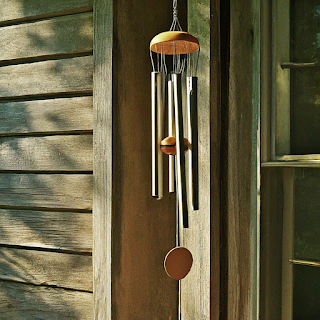A "chime candle" typically refers to a small candle used in various rituals, ceremonies, or spiritual practices. These candles are usually slender and relatively short, burning for a relatively short period of time compared to larger candles. They come in various colors, each color often associated with different intentions or purposes, according to different belief systems. For instance, white might symbolize purity or cleansing, while green could represent abundance or prosperity. People often use them in meditation, prayer, or spellwork. They're a simple yet powerful tool for focusing intentions and energy.
Here are some facts about chime candles:
Size and Shape: Chime candles are typically small and slender, usually measuring around 4 inches in height and 1/2 inch in diameter. They often have a taper shape, allowing them to easily fit into candle holders or stand upright on their own.
Material: Chime candles are commonly made from paraffin wax, although some may be made from beeswax or soy wax for those who prefer natural materials. Paraffin wax is popular due to its affordability and ease of use.
Burn Time: Due to their small size, chime candles have a relatively short burn time compared to larger candles. On average, they burn for approximately 1-2 hours, depending on factors such as wick size and environmental conditions.
Color Symbolism: Chime candles come in a variety of colors, with each color often associated with different intentions or purposes in spiritual or magical practices. For example, white symbolizes purity and protection, red represents passion and courage, green signifies abundance and prosperity, and blue is associated with peace and communication.
Versatility: Chime candles are versatile and can be used for various purposes, including meditation, prayer, ritual ceremonies, spellwork, and spiritual healing. They are often incorporated into religious practices, such as Wicca, Paganism, and certain forms of Christianity.
Accessibility: Chime candles are widely available and can be purchased from many metaphysical shops, online retailers, and specialty candle stores. They are relatively inexpensive, making them accessible to people of diverse backgrounds and spiritual beliefs.
Safety Precautions: Like all candles, chime candles should be used with caution. It's essential to place them on a heat-resistant surface, away from flammable objects, and never leave them unattended while burning. Additionally, it's crucial to trim the wick to prevent excessive smoking and ensure a clean, even burn.
Candle Magic: Chime candles are often used in candle magic, a form of sympathetic magic where candles are used as a tool to focus intention and energy towards a specific goal or desire. Practitioners may anoint the candle with oils, inscribe symbols or words onto the wax, or incorporate other ritualistic elements to enhance their magical workings.











































